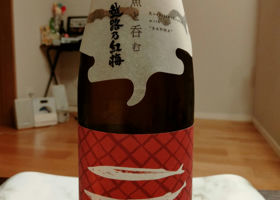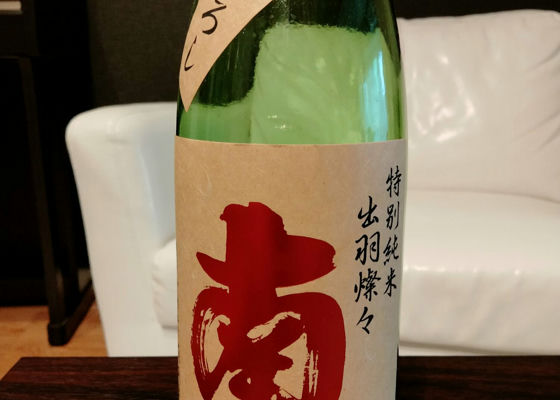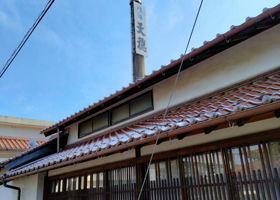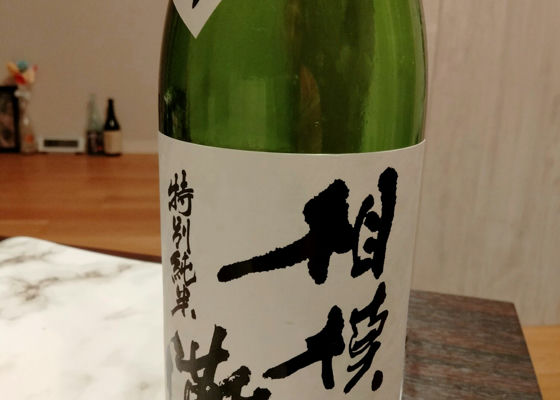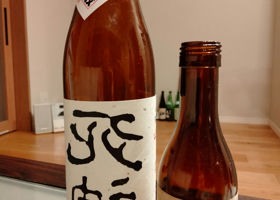

ぷぷ
Mitsui's Kotobuki with a strong impression of slam dunk Mich. Another eye-catching etiquette. Cicada, shikada in English, this is chicara in 🇮🇹 language. I remember how hot it was this summer. I bought a bottle thinking that although it was nigori, if it was a summer sake, it would have a nice sharp taste for a few months. It exceeded my expectations! It is indeed sharp, but the aroma is fresh and sweet like green apples, but when you drink it, the flavor is delicious and food goes down the drain. It is indeed sharp, but the top aroma is fresh and sweet like a green apple, but when you drink it, it is delicious. Thank you for the sake. ☺️
Japanese>English
